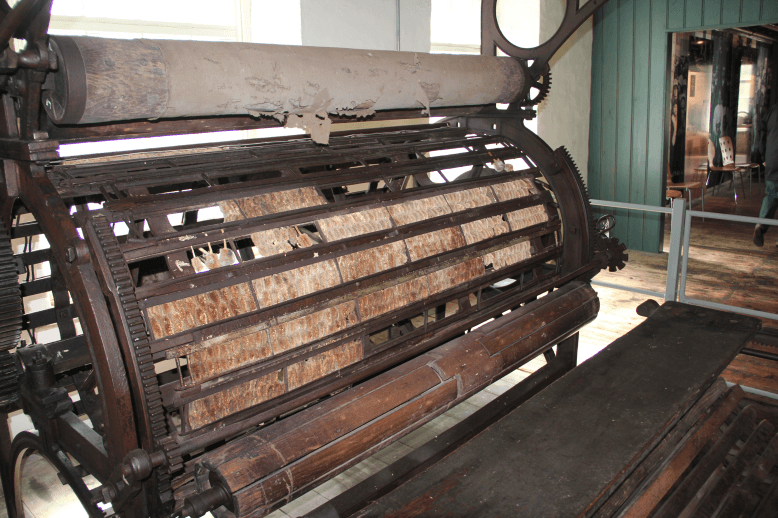Museum charts the history of weaving in Wales
Located in the historic former Cambrian Mills in the Teifi Valley, the National Wool Museum charts the history of weaving in Wales, once the most important industry in the country.
During the late 1800s and early part of the next century, the woollen industry sustained the Welsh rural community and Cambrian Mills was built on the site of a former water-powered workshop in 1902 when the mill supplied the need for woollen cloth for working men in the coal and steel industries.
It was one of the largest woollen mills in West Wales and in 1915 a hundred people were employed at the site making flannel for military uniforms for WWI. Shortly after the conclusion of the war a fire broke out in the carding and spinning department causing extensive damage but despite a decline in orders the mill was rebuilt.
But by 1965 the mill was in steady decline and was put up for sale. In 1976 a museum was first opened to the public and in 1984 the whole site was bought to create a national museum to tell the story of the industry and its people.
Part of the National Museum Wales, the museum is located in Drefach Felindre, Llandysul. Both the mill and the village are a national heritage site and the museum re-opened in March 2004 as the National Wool Museum following a £2m two-year refit.
The museum has working textile machinery, traditional tools and craftspeople to guide visitors through the whole process from fleece to fabric.
A raised walkway gives a unique view of textiles in production at Melin Teifi, the site's commercial woollen mill, while the textile gallery displays aspects of the National Flat Textile Collection.
Families can have fun following the specially designed trail, 'A Woolly Tale', and create their own guide to making and using woollen cloth, trying their hand at carding, spinning and sewing along the way.







